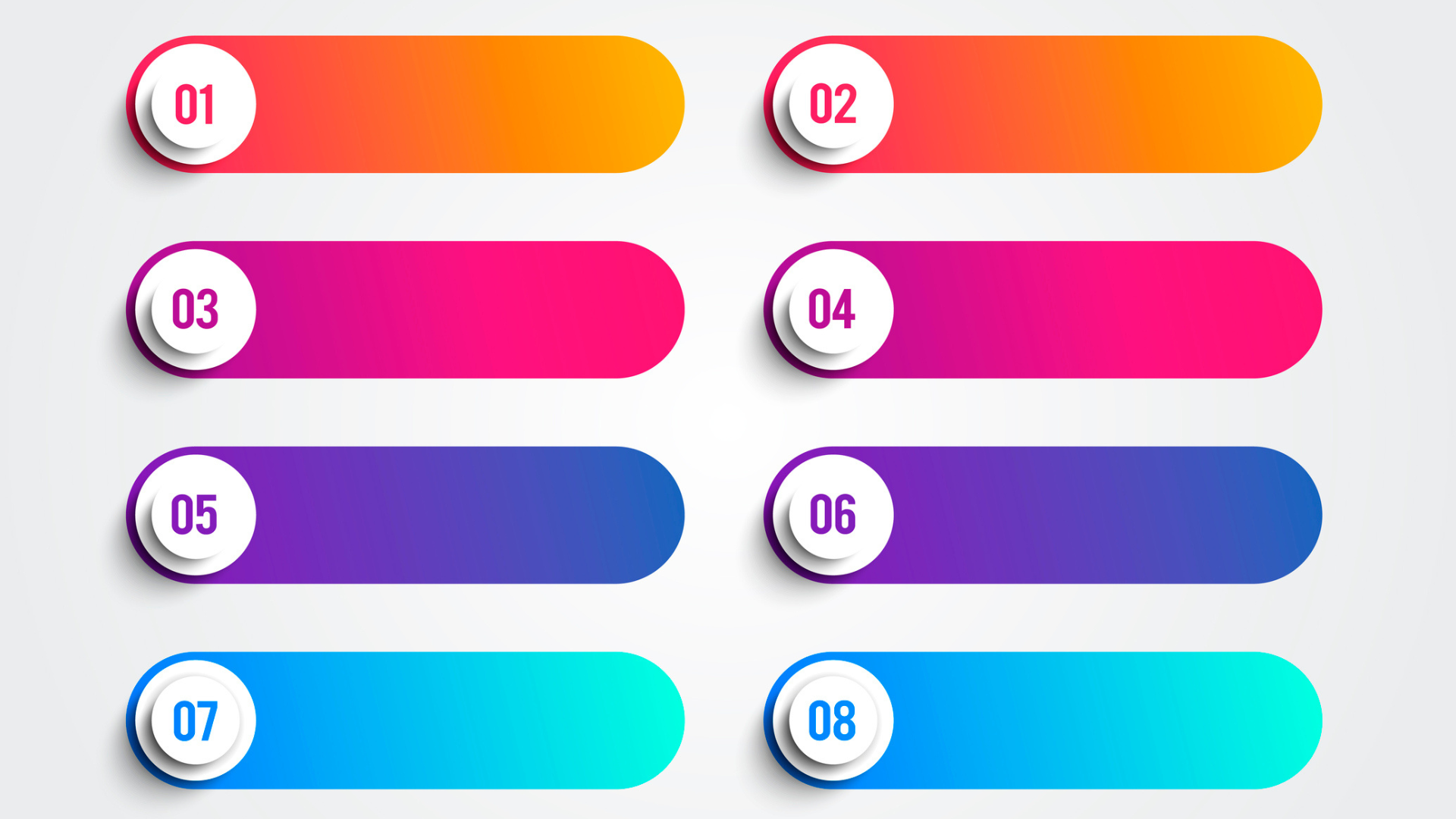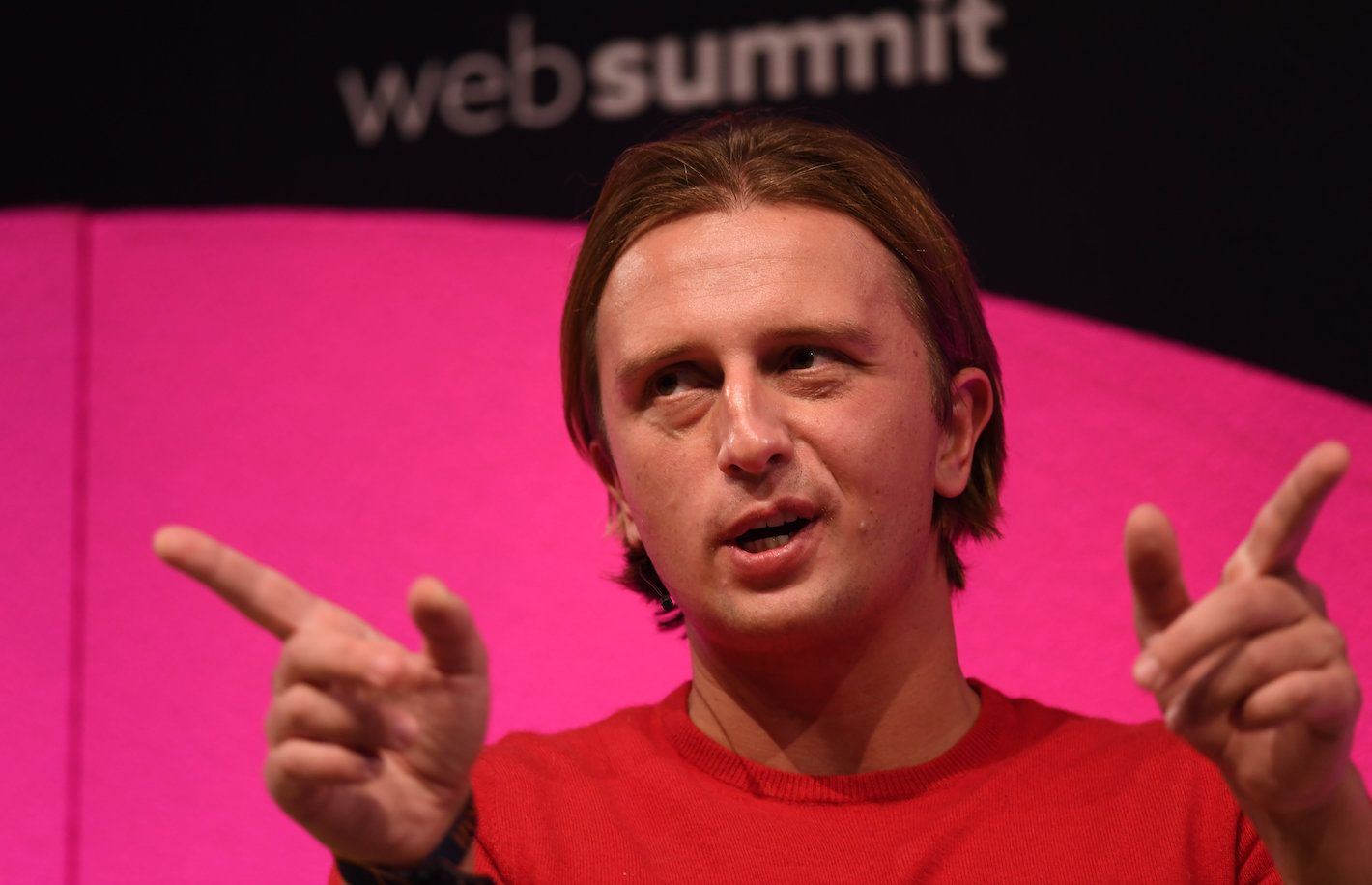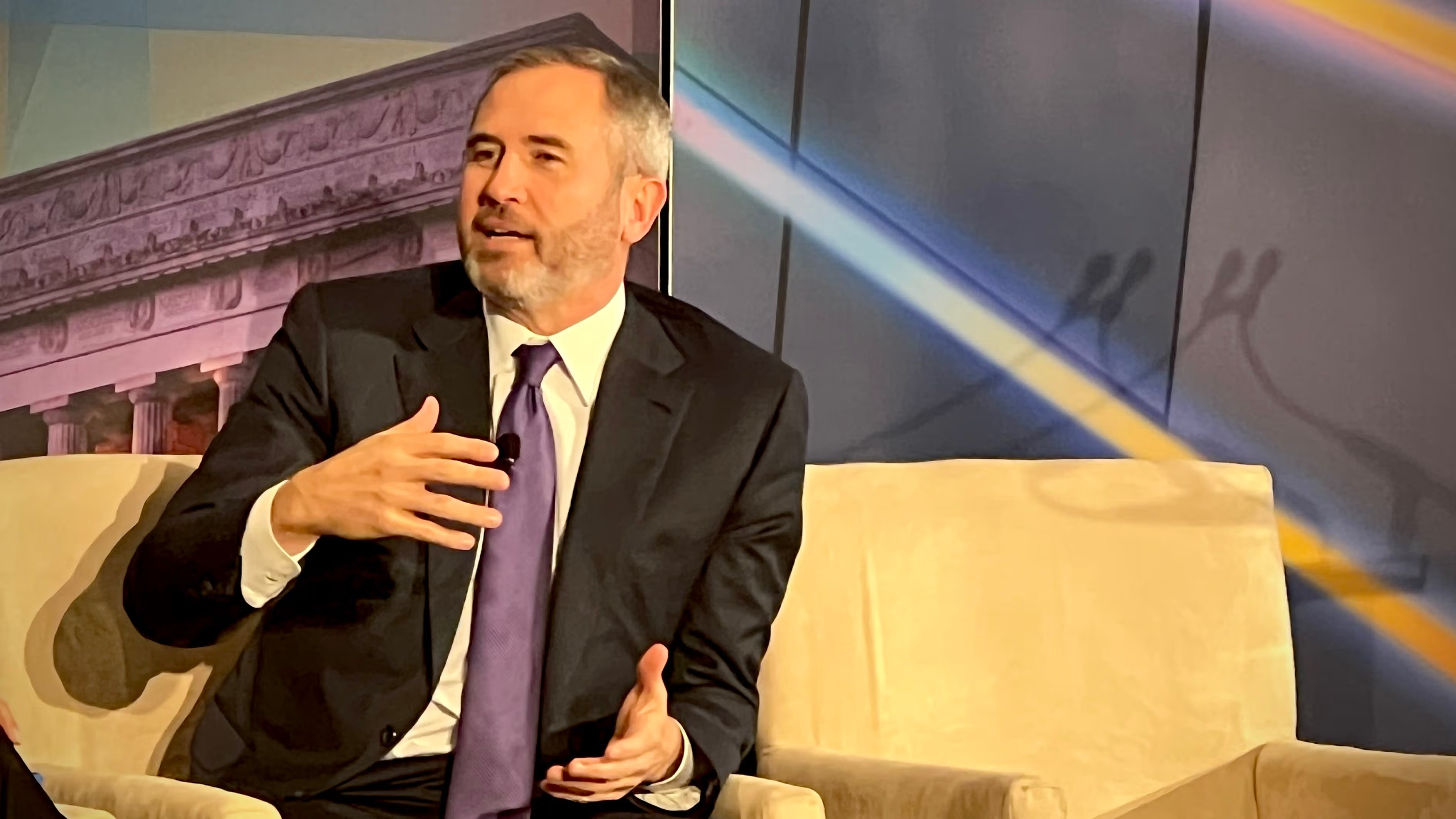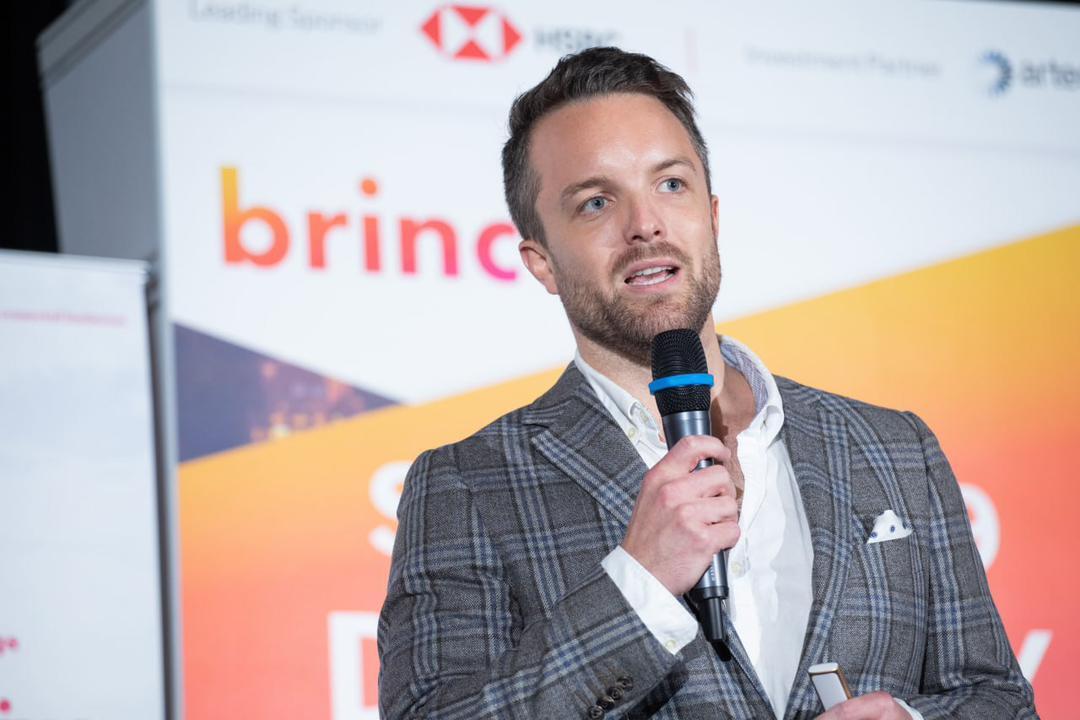Art Gobblers is a truly unique NFT project. The collaborative result of Rick and Morty’s Justin Roiland and Web3 investment firm Paradigm, Art Gobblers is made up of 2,000 NFTs that “gobble” art — drawings made by people in the project community that can be minted as 1 of 1 NFTs themselves and displayed in the Art Gobbler’s “belly gallery.” Along with some funky “Goo” tokenomics that influence how much art users can create and a burn dynamic that incentivizes community collaboration, the project aims to become a self-contained ecosystem of artists, collectors, and traders that lasts for years to come.
In the first four days of its existence, Art Gobblers became immensely successful. Shortly after the project mint on October 31, Art Gobblers shot to the top of OpenSea’s Top 10 projects list by trading volume. Within 24 hours, it did more than 8,000 ETH (~$12.5 million) on the platform, and at the time of writing has done 9,723 ETH (~$15 million). The project was so successful that the NFT marketplace Blur surpassed OpenSea in terms of ETH volume for the first time ever, largely on the back of Art Gobblers’ popularity.
Unfortunately, this middle-of-the-bear-market innovation and success has been largely overshadowed by controversy surrounding how its community discovered, promoted, and financially benefitted from the project. So, what’s all the fuss about?
Allow-list antics
Every NFT project in existence tries its best to grow in popularity. The successful ones end up with a massive following of people that vie for a position on a VIP list of confirmed members that can mint one or more of the project’s NFTs when it officially launches. This is called an allow list, and getting wind of a project with the potential to take off and securing a spot on its allow list is the holy grail of the NFT ecosystem. Not only do you get bragging rights, but flipping your now treasured token on the secondary market can nab you life-changing money.
But who determines who gets a spot on these coveted lists? What does the process look like?
Well, there are no set rules for how to go about it, but project teams use a combination of tactics. They might hold contests on social media to see which members can bring in the greatest amount of new followers to the project (sometimes referred to as engagement farming). They sometimes hold art competitions based on the project theme or even have people film themselves being irreverent and annoying to their friends and family members, as was the case with DeGods’s rise to fame.
Another way to do it is to get influencers in the NFT space to help endorse or promote a project. Project teams want to raise their profile and will reach out to community figureheads to help them do so. Well-known collectors, artists, and builders can bring attention to the project privately by word-of-mouth or by publically promoting it on social media. And it’s not uncommon for these influencers to receive allow list spots for their efforts.
After surveying the dense debate surrounding this Web3 dynamic, a few different perspectives emerge. The first and most loudly-voiced concern is a red herring. This is when individuals criticize NFT influencers for using their status to their advantage. Most in the Web3 community seem to agree that artists, collectors, and other figures in the NFT ecosystem who have spent years building up a following deserve the rewards that come with it.
However, the more serious and legitimate concern connects to transparency. Many Web3 enthusiasts also believe that if an influencer is being “paid” in an allow list spot for promoting a coveted project, they should disclose it upfront.
Art Gobblers controversy
So, how did Art Gobblers manage its allow list process? The team stated on Twitter they hand-picked individuals to be on the allow list — builders, artists, and contributors to the space whom they admired. Those people then nominated others to be on the list, and so on. To the Art Gobblers’ team’s credit, they also held competitions on Twitter and in their Discord for anyone interested to be able to gain a spot, as projects often do.
When Art Gobblers launched, however, several people in the broader NFT community noticed that well-known figures like Pranksy, Andrew Wang, Zeneca, kmoney, Vincent Van Dough, and Farokh minted free Art Gobbler NFTs. While many still hold their Gobbler NFT in their wallets, some, like Pranksy and kmoney, flipped theirs almost immediately for a substantial profit.
Sell-shaming is nothing new in Web3, and it’s almost always unjustified and ugly. It does arguably as much to drag the NFT space down as rug pulls and other scams do, as it’s based on the same cynicism and lack of empathy for other human beings. It must also be acknowledged that influencers like kmoney hosted Twitter Spaces with Roiland in the days and weeks leading up to the mint, in which the Art Gobblers project was discussed enthusiastically. Regardless of what transpired, those are justifiably bad optics.
Addressing accusations of an undisclosed endorsement or improper behavior, kmoney responded on social media by saying he “was not paid” for the Spaces he hosted and never pumped (promoted) the project to his followers.
Likewise, NFT influencer Andrew Wang has come under intense scrutiny in the past few days for his involvement with the project. Wang also hosted a Twitter Spaces with Roiland in late September. He revealed post-mint that he had been in close contact with the Art Gobblers team and even operated an “official Art Gobblers account” on Twitter based around a fictional character he and Roiland came up with. Wang insists he didn’t do it for an allow-list spot and was simply happy to have the chance to express himself creatively (and anonymously) in collaboration with Roiland and the team.
It’s also crucial to note that not everyone on the project’s allow list was an influencer — far from it. And being a part of the project has done some wonderful things for those individuals. That’s a win everyone should be able to acknowledge and support.
NFT influencers: fair or foul?
On the whole, however, the Art Gobblers’ situation has renewed calls for influencers to disclose interactions they have with an NFT project team if they are promotional in nature. Some have even pointed out that the Federal Trade Commission (FTC) already has laws and guidelines that directly address social media promotion and product endorsement. Whether or not these apply to the Web3 space is as of yet unclear.
It is clear that laws addressing this kind of behavior are gaining traction worldwide. The European Parliament, for example, is set to vote on a market manipulation law that would affect commenting on crypto assets on social media without proper disclosure and then profiting from those comments later. NFTs could fall under that umbrella, depending on how they’re categorized.
Objectively, it’s difficult to definitively say that the Art Gobblers allow list was in any way rigged, skewed, or unfair, as many claim it to be. For better or worse, this is the nature of the NFT space as it exists today. Influencers who work hard and contribute to the ecosystem should be compensated for their work, and the entire space should celebrate their wins. For one, they have earned them. Secondly, if they’re a builder, they’ll likely put that money back into the ecosystem to the benefit of (hopefully) all.
These events don’t do much good for Web3’s reputation. That reputation is built on an ethos of decentralization, leveling the playing field, and freeing people from the unjust paradigms of Web2. It’s hard not to empathize with those who can’t help but notice that the same individuals who deal heavily in rhetoric about the flattening of hierarchies of power and influence and money are also the ones capitalizing on what appear to be dynamics of outright inequality.
Web3 can and has provided tremendous opportunities for people to explore their artistry, make a living, and come into generational wealth that otherwise would have been unthinkable. But it’s also true that there are whole organizations — like the Proof Collective, which has a membership cost of around $60,000 — whose entire existence revolves around providing its in-group with information on the best and most lucrative upcoming projects in the space. When your average Web3 user sees such exclusivity combined with winners in the space repeatedly winning, a la Art Gobblers, it’s not surprising why some feel that the rhetoric of Web3 WAGMI rings hollow.
There are no easy ways to solve this issue, but endorsement and promotion disclosures could be a good place to start. Art Gobblers doesn’t deserve the space’s hate, nor do the people who got on the project’s allow list. But the space deserves their honesty. They shouldn’t begrudge people who ask for it.
Read More: nftnow.com









 Bitcoin
Bitcoin  Ethereum
Ethereum  Tether
Tether  XRP
XRP  Solana
Solana  Dogecoin
Dogecoin  USDC
USDC  Cardano
Cardano  Lido Staked Ether
Lido Staked Ether  TRON
TRON  Avalanche
Avalanche  Sui
Sui  Wrapped stETH
Wrapped stETH  Toncoin
Toncoin  Chainlink
Chainlink  Shiba Inu
Shiba Inu  Wrapped Bitcoin
Wrapped Bitcoin  Stellar
Stellar  Hedera
Hedera  Polkadot
Polkadot  WETH
WETH  Bitcoin Cash
Bitcoin Cash  LEO Token
LEO Token  Litecoin
Litecoin  Uniswap
Uniswap  Pepe
Pepe  Hyperliquid
Hyperliquid  Wrapped eETH
Wrapped eETH  NEAR Protocol
NEAR Protocol  Ethena USDe
Ethena USDe  USDS
USDS  Internet Computer
Internet Computer  Aptos
Aptos  Aave
Aave  Mantle
Mantle  POL (ex-MATIC)
POL (ex-MATIC)  Ethereum Classic
Ethereum Classic  Cronos
Cronos  Render
Render  MANTRA
MANTRA  Bittensor
Bittensor  Monero
Monero  Tokenize Xchange
Tokenize Xchange  Dai
Dai  Artificial Superintelligence Alliance
Artificial Superintelligence Alliance  Virtuals Protocol
Virtuals Protocol  Arbitrum
Arbitrum